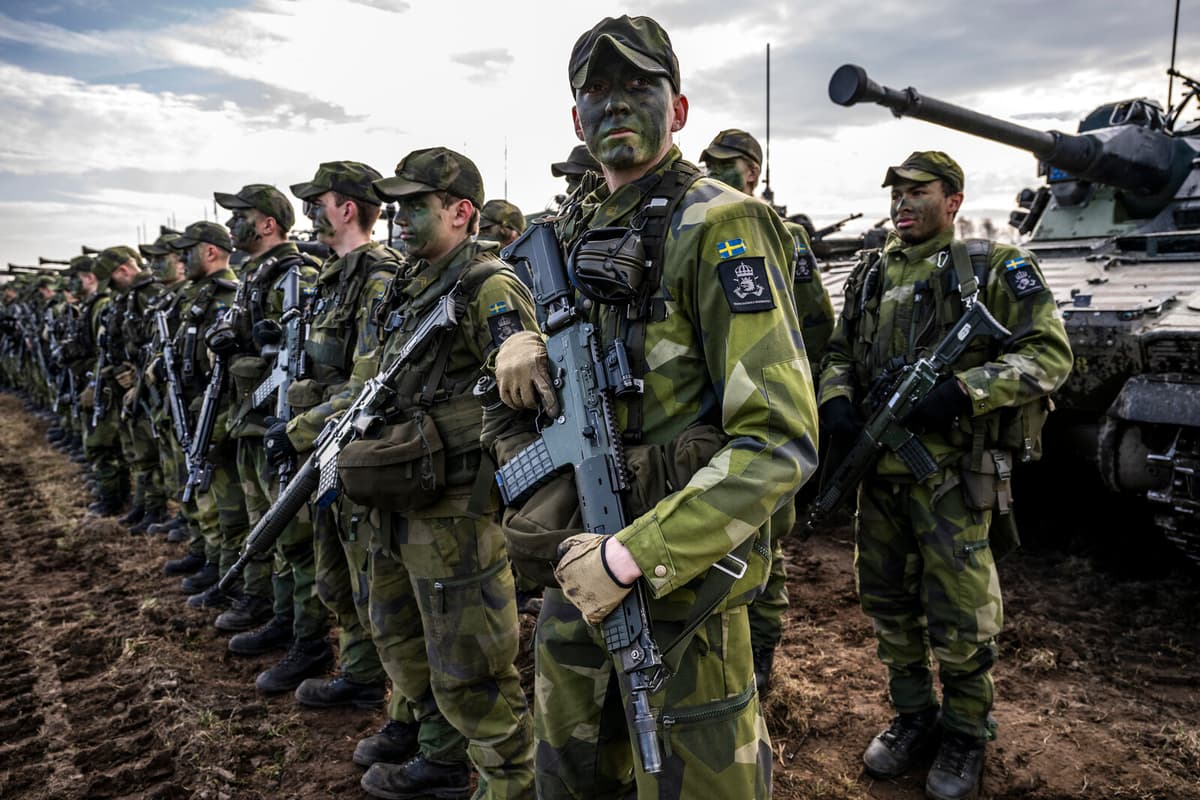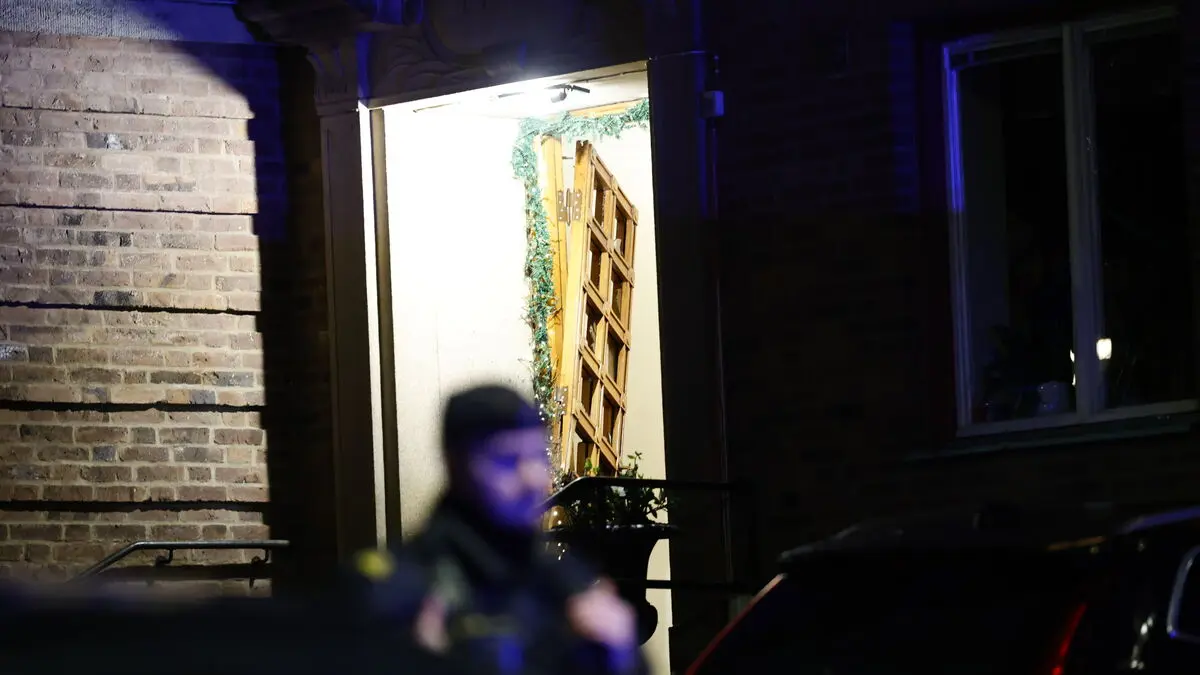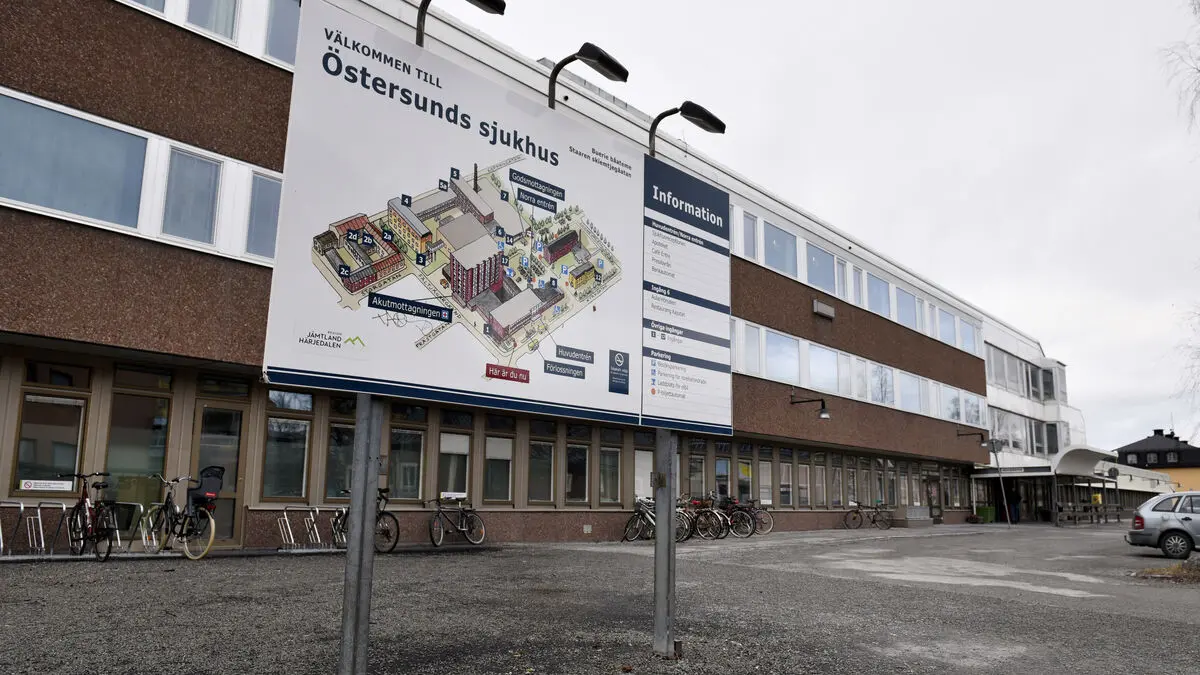The Riksdag is adopting the defence decision for 2025-2030 today. The decision means that the defence budget will increase from SEK 125 billion this year to SEK 186 billion by 2030.
However, despite the significant investment, it is not certain that the resources will be sufficient.
The government warns in its total defence proposition that the uncertain security policy situation, Sweden's NATO membership, and other external factors may require additional billions for the build-up.
War researcher Oscar Jonsson believes that the economic path outlined by the defence decision will soon become outdated.
Now we have a target of 2.6 per cent of GDP by 2030, while NATO Secretary-General Mark Rutte said as recently as last week that 3 per cent is not enough and we need to return to Cold War levels. At the same time, Donald Trump is also saying that 4 per cent is what we should be spending, he says.
New Requirements
According to the government, the war organisation decided on in 2020 is still "relevant", despite Russia's war of aggression and Sweden's NATO membership.
However, Jonsson points out that NATO is likely to set new requirements when the alliance presents new goals for what the alliance should be able to achieve in the autumn of 2025.
This will require a significant increase in capability. It also poses a significant risk to the defence decision if NATO wants entirely different things than what our parliamentary parties are ordering, which I think is quite likely, he says.
Jonsson also notes that Russia is currently allocating around 40 per cent of its state budget to "defence and security".
He believes that Sweden may need to make a new defence decision as early as 2026.
Fighting for Longer
According to today's defence decision, the army's core will continue to consist of four brigades, the navy will continue to have seven corvettes equipped with air defence and five submarines. The air force will, as today, consist of six fighter squadrons.
However, the war organisation needs, according to the government, to be "filled up in various respects".
To enable the defence to fight for a longer period, investments are being made in more ammunition, robots, spare parts, and various supplies.
Some reinforcements are being made in terms of drones, long-range robots, development of rocket artillery, Swedish military satellites, and modern radar and sensor systems.
The war organisation will grow from today's 88,000 positions to 130,000 by 2035. To achieve this, the number of annually trained conscripts will increase from this year's 5,000 to 12,000 by 2035. This includes personnel reinforcements in the navy, increased home guard personnel, and new territorial units.
Peter Wallberg/TT
Anja Haglund/TT
Facts Defence Decision 2025-2030
TTTT
The war organisation is being expanded from 88,000 to 115,000 positions by 2030
Four army brigades will be ready by 2030
12,000 conscripts will be trained annually from 2035
Personnel reinforcements for the navy
Territorial units in company size will be established for regional tasks
The Home Guard's 40 battalions will increase from 22,000 to 26,000 people by 2030
The army will be reinforced with air defence
Procurement of supplies such as ammunition and spare parts
Procurement of drones and patrol robots
Purchase of more long-range weapons - cruise missiles, sea-target missiles, coastal robots, and rocket artillery
Investment in digitalisation of the defence's communication and command systems
Modernisation of radar and other sensor systems
Investment in military capability in space, including Swedish military satellites
For the first time, the civil defence will also receive significant reinforcements.
From 2028, SEK 15 billion will be allocated annually to strengthen, for example, population protection, food supply, and healthcare in war.
Source: Total Defence Proposition
2024
Military defence: SEK 125 billion
Civil defence: SEK 6.5 billion
2030
Military defence: SEK 186 billion
Civil defence: SEK 15 billion
Note: In current prices
Source: Budget Proposition for 2025





